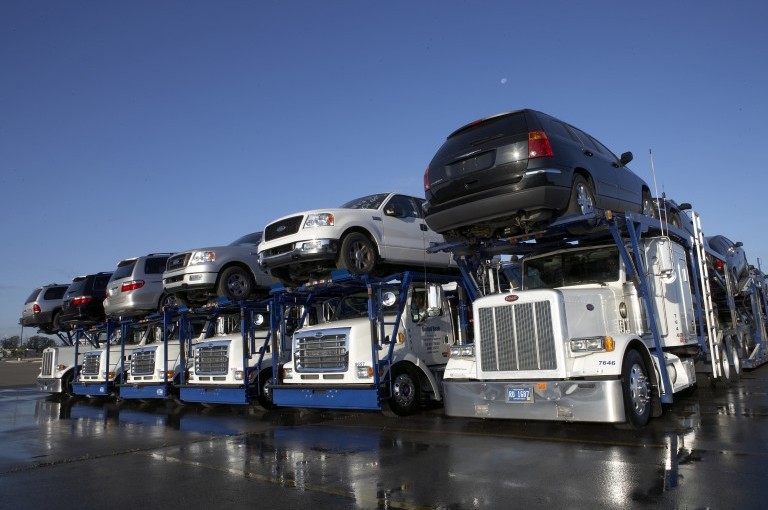You’re moving across the country, all packed and ready to go except for that one last, but very important item. You need to figure out something to do with that sweet little sports car you adore. It doesn’t make sense to add miles to it driving it across the country, plus your wife probably expects you to be the one driving the family minivan. Shipping it via an auto transporter is probably the best idea for reducing the wear and tear to your vehicle in route to your new home.
Before you pass your car off to an auto shipping company, you’ll want to make sure it’s ready to go. Prepare with these 10 easy steps so your car can be safely delivered to your new home.

Steps for Preparing Your Car for Shipment
- Insurance: The auto transport company must carry a certain level of insurance coverage as mandated by the FMCSA. Be sure to ask the carrier for proof of insurance and the level of coverage provided to make sure it’s adequate. You may also check your carrier’s Department of Transportation registration, insurance status, and safety record on the FMCSA website. Also, inform your own insurance provider of your planned move and inquire about what your personal policy will cover should something go amiss.
- Check and Wash Your Vehicle: Always check for scratches and dents to the body of your car. Check the interior for wear and tear, and make sure that everything is intact. Take plenty of pictures before your car leaves your hands in the event of a dispute so you can back up your claims.
- Custom Parts: If your vehicle has removable customized parts like spoilers or undercarriage lights, ensure you remove them to prevent damage. These will need to be shipped separately or as part of your household goods shipment.
- Maintenance: Checkup on fluids, brakes, and other forms of maintenance to make sure your car is in good shape. Make sure that your tires are fully inflated and repair or seal any fluid leaks. Notify the transport company of any leaks to prevent damaging another person’s vehicle.
- Battery: Make sure that your battery is fully charged. This is very important, especially when shipping overseas. An extra fee may be charged if your car fails to start when the shipper goes to the roll the vehicle off the rig.
- Gasoline: Most shipping companies request that vehicles be at a quarter tank of gas when they are dropped off for shipment. This minimizes the danger from excessive flammable liquids, but enables the car to still be driven once it’s unloaded. Do not top off the tank.
- Put the top up: For convertible vehicles, ensure that the tops are closed and secured, and make sure that your windows are completely rolled up.
- Car alarms: Always disable your car alarm and give the alarm remotes to the transportation company in case the alarm was not properly disengaged. For vehicles with remote starter systems, ensure you provide the remotes for these as well.
- Payment: Most carriers require an initial deposit and a balance upon delivery. Make sure you have the means to pay when the car arrives at the destination or the carrier can hold it until payment is tendered. Fortunately, shipping a vehicle is far less expensive than moving the rest of your household goods across the country. The cheapest auto shipping companies cost as little as $500 for a long-distance haul.
- Patience: Weather, traffic, and other unknowns may cause a delay. If you’re shipping overseas, most transportation companies won’t even give you a guaranteed arrival date because ports and customs are too unpredictable. Make some arrangements for alternative transportation while you await your vehicle’s arrival, and prepare to be patient.
Start preparing your vehicle for transport well in advance; don’t wait until the last minute. Get a list of specific requirements from the transportation company to make sure you have everything covered.

